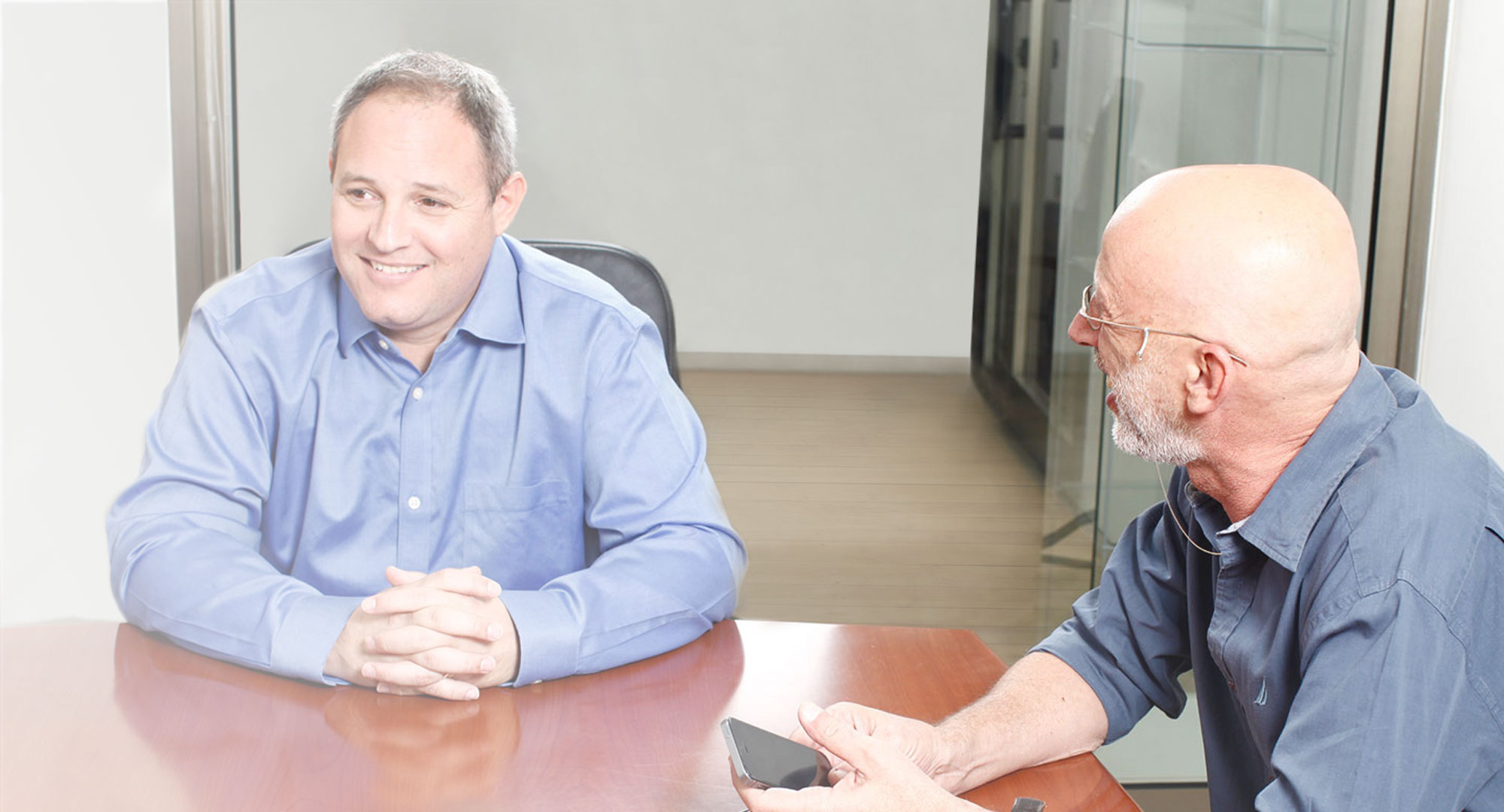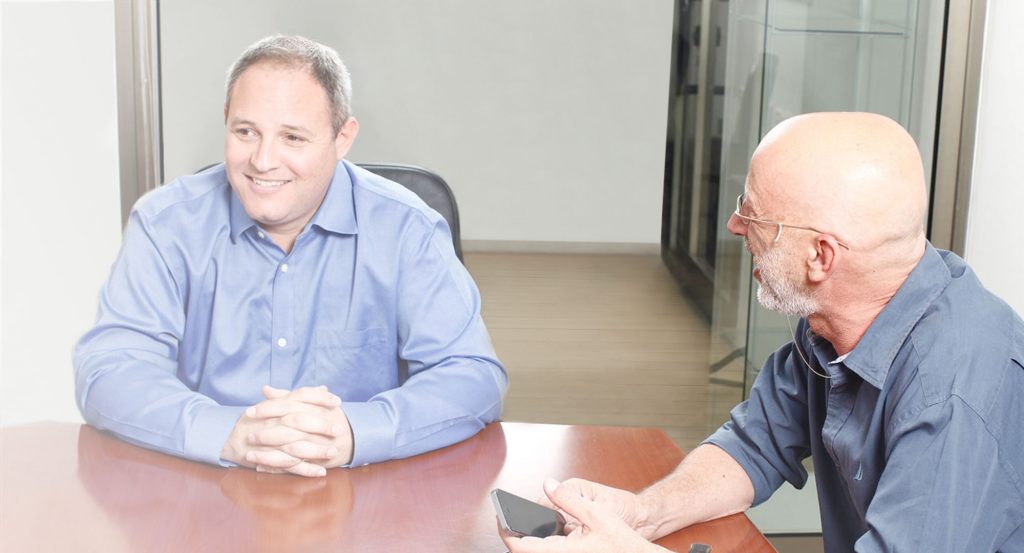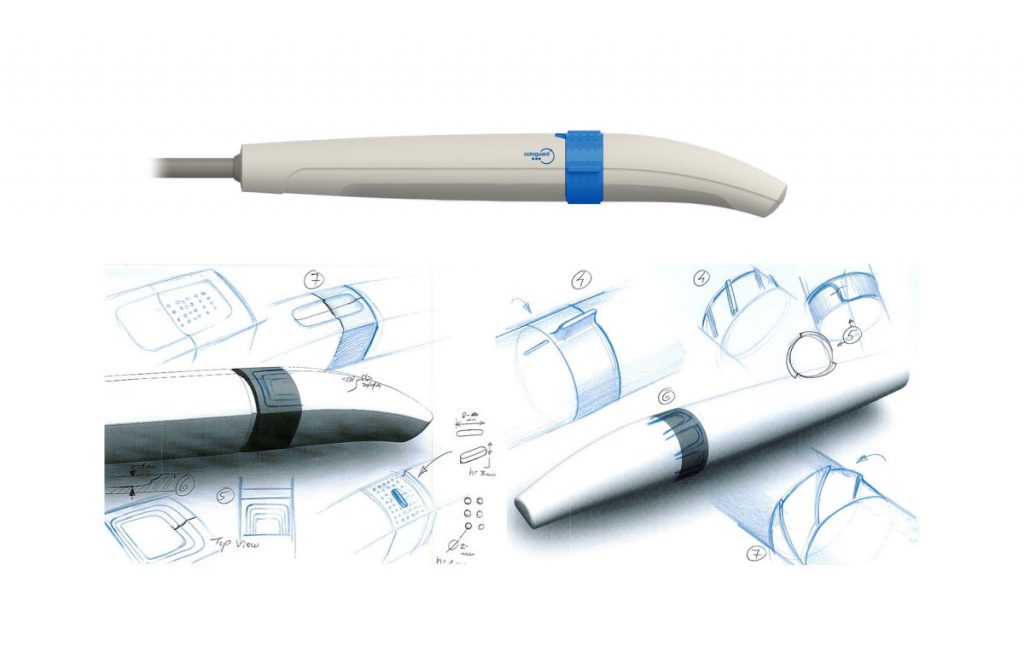

The Opportunity: Transform Colorectal Surgery
It’s rare to stumble upon an opportunity to transform a medical area. Colospan is such a case. As it meets the most acute challenge in colorectal surgery, operates in a billion-dollar market with millions of annual surgeries, and can save up to $30,000 per patient, Colospan is geared for success.
Most colorectal surgery cases include the formation of a colorectal anastomosis, in which a diseased segment of the colon or rectum is removed, and the two healthy segments are reconnected.
Anastomotic leakage of colon content into the abdominal cavity is a highly dangerous complication, increasing hospitalization time, re-operation rates and patient mortality. It is also is the key driver for increased costs. Studies found that hospital costs for patients suffering from complications such as anastomotic leakage could reach $95,000 , while the costs for complication-free patients are as low as $26,000.
In order to prevent clinical leakage, surgeons often use an external bypass, also called a diverting stoma, which allows time for anastomotic healing. After 3-6 months, the stoma is closed and removed in separate second operation. Currently, this solution is used for almost 70% of rectal procedures and high-risk colon procedures.
In addition to its devastating impact on patients’ lives, the stoma causes complications in 17 % of the cases, and almost 20% of these temporary diversions eventually become permanent. Furthermore, the diverting stoma is not always successful in preventing leakage.
Different approaches have been attempted for protecting the anastomosis site after the surgery by diverting the fecal stream , however, none of these methods offer clinical proof, nor have they gained any substantial market share.
